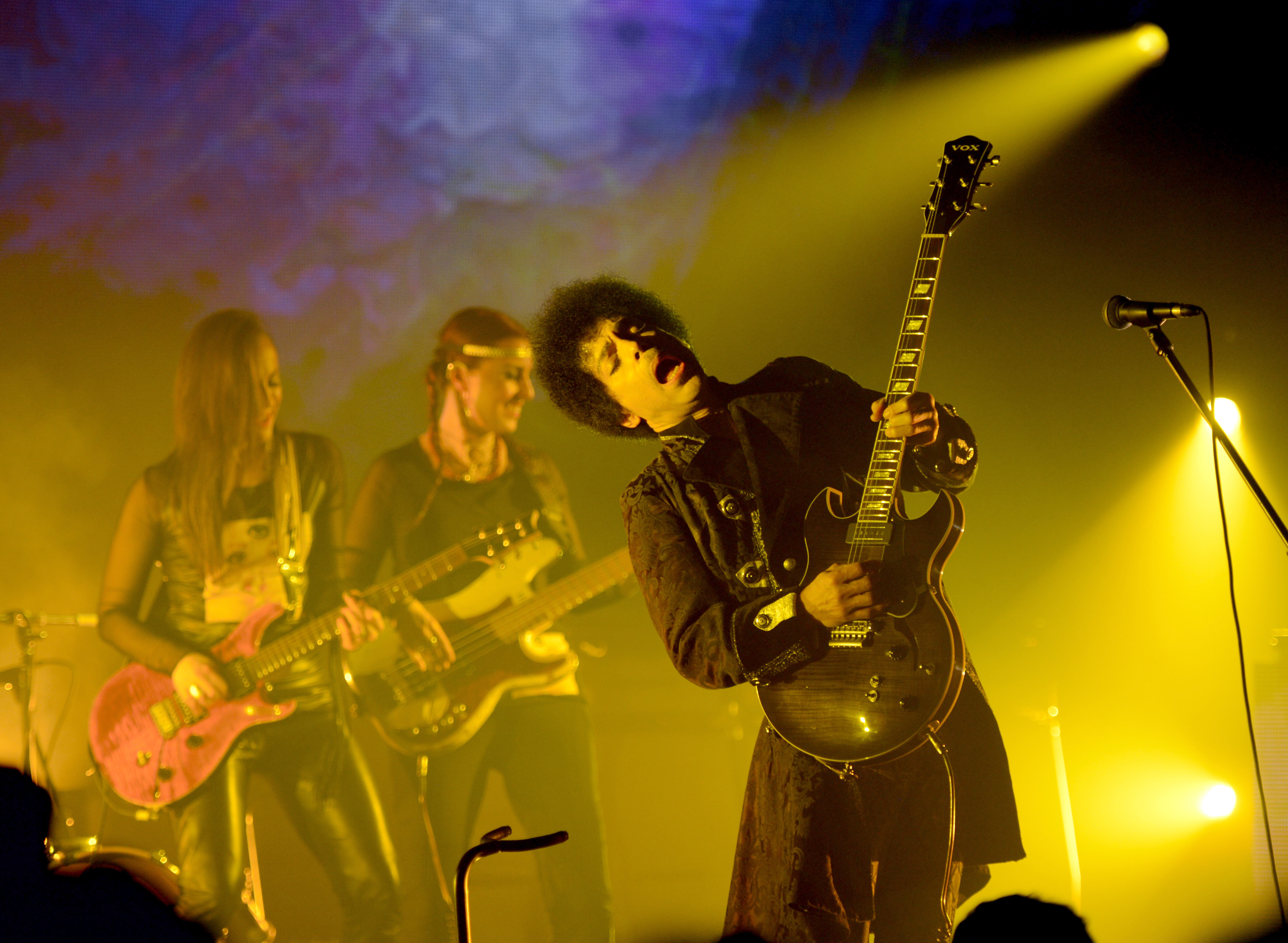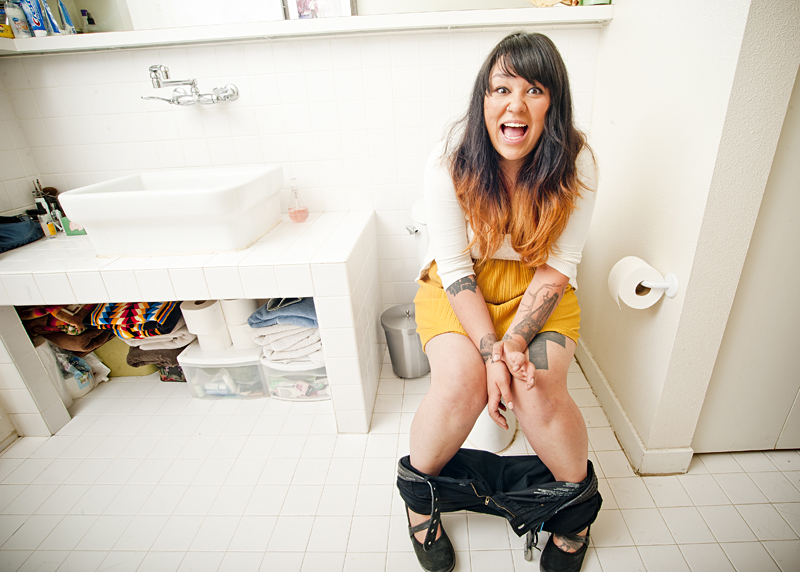John Roderick is the singer and songwriter responsible for Seattle’s the Long Winters. His column usually appears on Reverb every Tuesday. It is running on Wednesday this week to coincide with our West Seattle Weekly issue.The editors of the Weekly asked if my column this week could incorporate a West Seattle theme, and though I normally don’t take editorial suggestions from those drunks, it just so happens that this week I’m vacationing in Florida, and West Seattle is absolutely the Florida of Seattle. So I’m going to just replace the word “Florida” with the words “West Seattle” in my column this week, and I think you’ll agree the observations hold.When I first arrived in West Seattle, I assumed it would be entirely populated with old people just biding their time waiting to die. I was surprised to find a sizable contingent of 25-to-45-year-olds, and although most were working in service-industry jobs, they seemed to revel in a kind of mindless hedonism. Since none of them can afford to live in any of the nice homes along the beach, where the rap moguls and sports stars live, most of the young people of West Seattle congregate in shabby housing and spend their available income on menthol cigarettes, bolt-on “custom” parts for their hatchbacks, and crap Mexican beer.Wealthy retirees and vacuous young adults rub shoulders in West Seattle, resulting in a palpable sense of existential drift, a feeling of “Is This It?” A lifetime of work and toil only to retire here, to the beaches of West Seattle, to rollerblade and ride Harleys and complain about the poor service at the local all-you-can-eat buffets? Is that really all there is to life? Most young residents of West Seattle seem bent on banishing the question from their minds, focusing on the conspicuous displays of vulgar “bling” that have come to characterize the area. Still, the American dream of making enough to one day retire to West Seattle has a palpable hold on everyone’s imagination. This is what we want, this is our dream, the leisure, the sea air, the multiple pizza restaurants, the West Seattle experience–but is it enough? Can the West Seattle experience fill the void created by whatever lifetime of compromise it took to be able to afford the West Seattle experience? It’s a conundrum.I rented a car and toured West Seattle for nine days, exploring the high-rises and condos of Alki Beach, the industrial midlands of North Delridge, the working-class towns of Top Hat and White Center, and the multimillion-dollar waterfront homes around the Fauntleroy Ferry Terminal, all the while searching for some sense of cohesion, of identity. But West Seattle is a fragmented country. The middle areas, with no sea view or big-city culture, are rural backwaters where people speak a dialect that sounds almost like a newscaster reading the news. Residents of West Seattle refer to these as “country” people, notable for the fact that they only make it up to California Avenue for karaoke night, or maybe a bachelorette party. In contrast, the residents of oceanfront Andover Place live lives of almost incomprehensible luxury, watching TV, shopping at Trader Joe’s in Burien, and driving back and forth in their cars completely unconcerned with the fact that gas is over $3 a gallon. What do these people have in common?The answer, surprisingly, is despair. Beneath the idyllic exterior, the heart of West Seattle is calcified with sorrow. Many West Seattleites lost their fortunes in a Ponzi scheme perpetrated by Ballard bar owners who convinced them for years that their money would be safe in gin-and-tonics. Now they’ve moved to their dream retirement homes in West Seattle only to discover that the money they invested couldn’t be withdrawn later. Walking the streets of Genesee you see them in their wrinkled vintage bowling shirts, bleary-eyed, underwater on a mortgage on a two-bedroom bungalow in a neighborhood they were sure was “about to turn around” with nothing to show for all their years at RealNetworks except for a dented green Outback and 978 CD copies of their band’s “demo” stacked in the garage. From one end of West Seattle to the other, you can hear the same sad lament: “I’m sure my house is worth more than this appraisal!” Alas, not even the stockpiled CD demos have held their value.So what does the future hold? Well, not much. As sea levels rise, almost all of West Seattle will be submerged under brackish water by the year 2024. Only the four blocks around Easy Street Records and a couple of small atolls will remain above the lapping waves. As a result, property values will continue to decline. The tourists who every year flock to the incomparable grey slurry beaches and cold, seaweedy water of Alki Beach will switch their attention to the mudflats around Olympia, attracted by the smell of one million dead things that accompanies each low tide. West Seattle will return to its prehistoric state, as a breeding ground for sea lions. The despairing residents of West Seattle, young and old, rich and poor, will all eventually be dispatched by the unsparing march of time and decay, their mewling laments rendered mute by the yawning vastness of pitiless infinity.
More Stories From This Author
Capitol Hill Block Party Artist Panel Series 2019
The Capitol Hill Block Party Artist Panel Series 2019 is free (no festival wristband required), all-ages, and takes place from…
By
Seattle Weekly • July 9, 2019 11:10 am
Golden Idols will release new EP
Seattle quartet returns with ‘Uneasy’
By
Seattle Weekly • June 24, 2019 5:30 pm
Travis Thompson, Wolf Parade headline Fisherman’s Village fest
The Everett Music Initiative festival, May 16-18 in Everett, will showcase more than 50 acts.
By
Evan Thompson • March 18, 2019 12:00 pm







